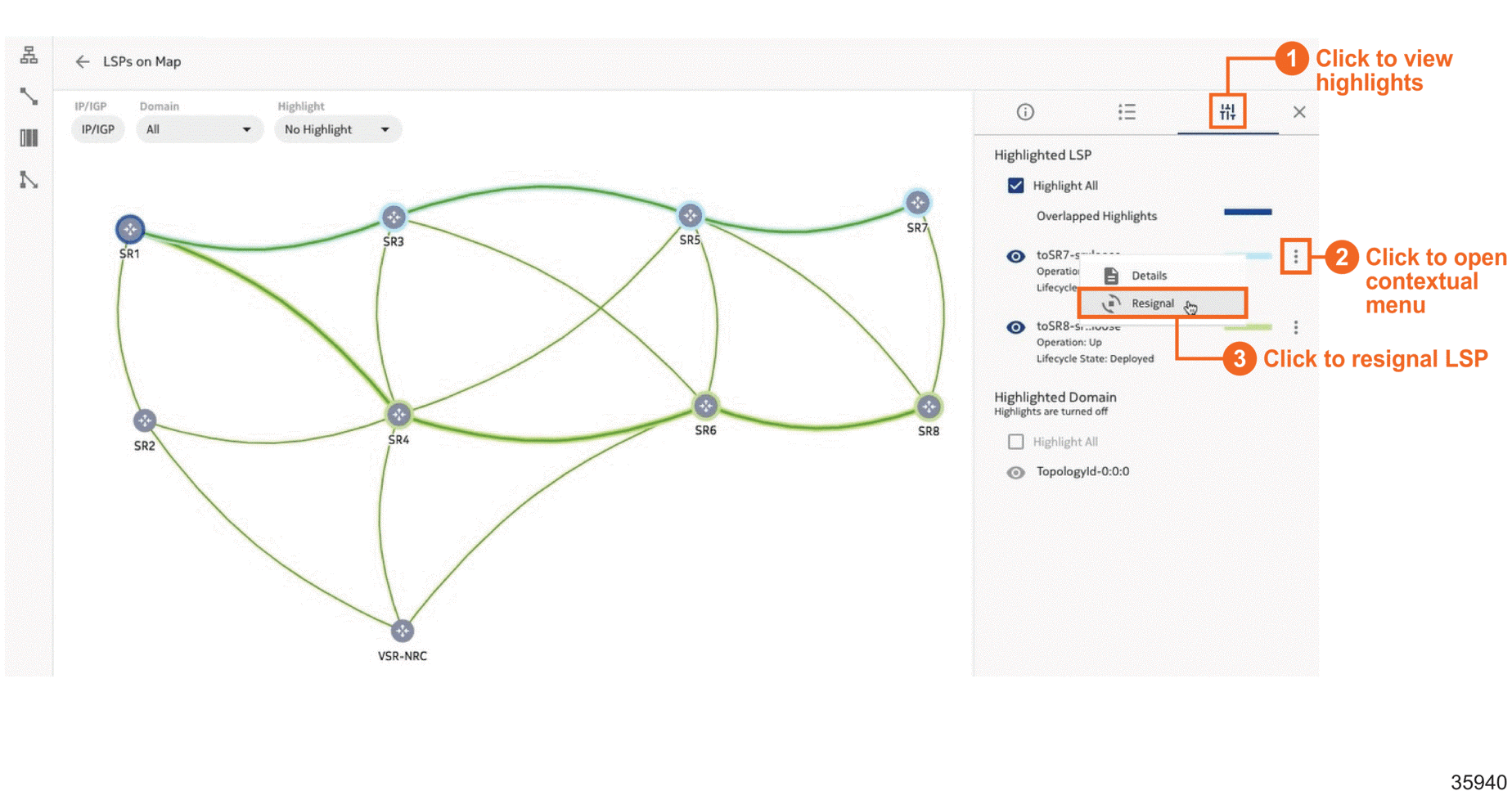Implementing optically-disjoint IP routing
This article shows how to use IP/Optical Coordination to implement optically-disjoint IP routing.
Let’s go
From Path Control, we can see the structure of our IP network by looking at the Network Map. In this example, two LSPs have been highlighted, and we can see that they're taking separate paths.
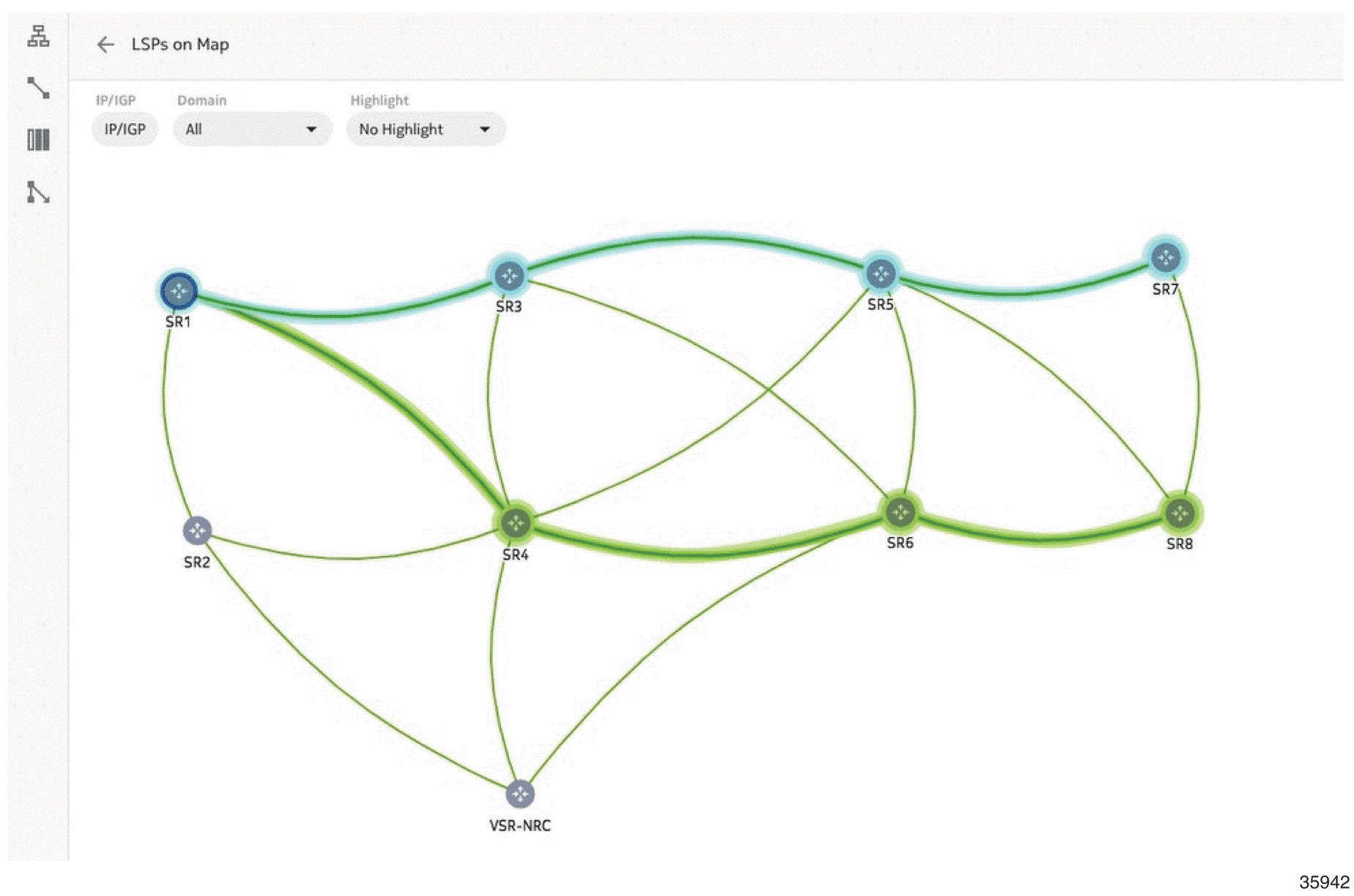
If we click on any link in an LSP, the Info panel opens, and we can see more details about that LSP. In this example, however, we can see that Path Control doesn't have information about whether the LSPs are part of any shared risk link groups (SRLGs).
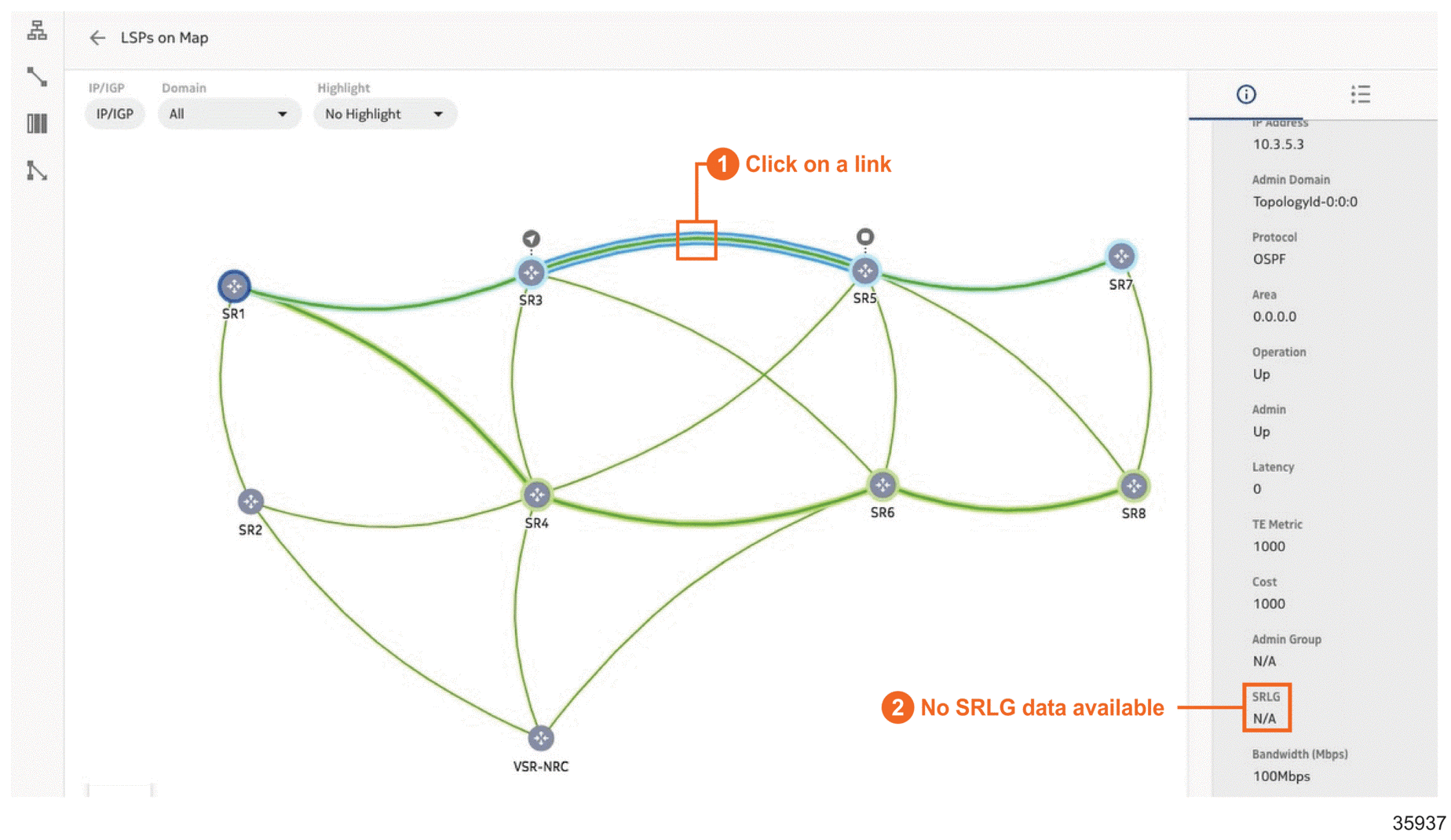
In order to find out, we're going to switch to IP/Optical Coordination. On the IP-Optical Correlation view, we can see from the Correlated SRLG column that our LSPs are actually both members of SRLG 8.
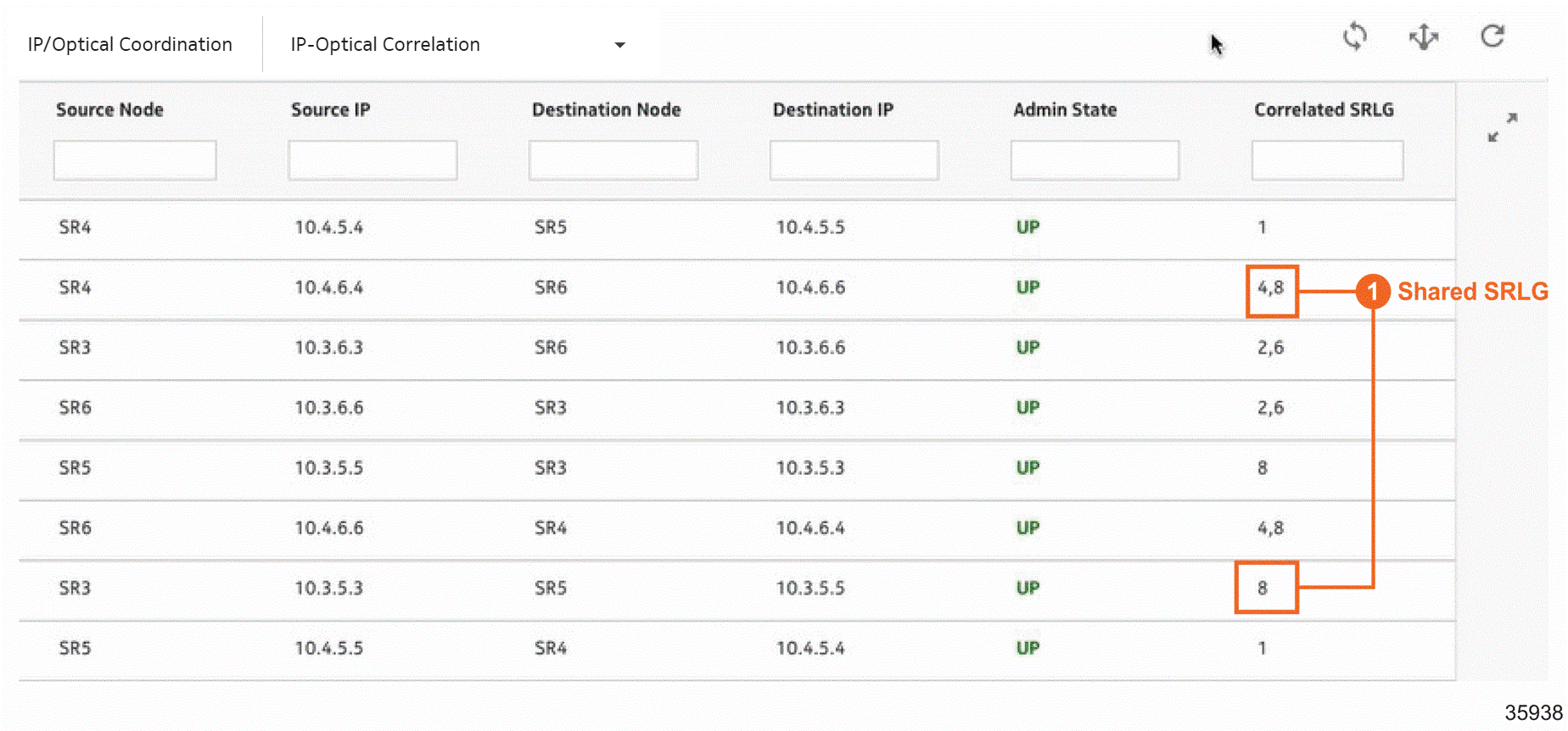
Now, we're going to send this information to Path Control, to make it aware that the links overlap at the optical level.
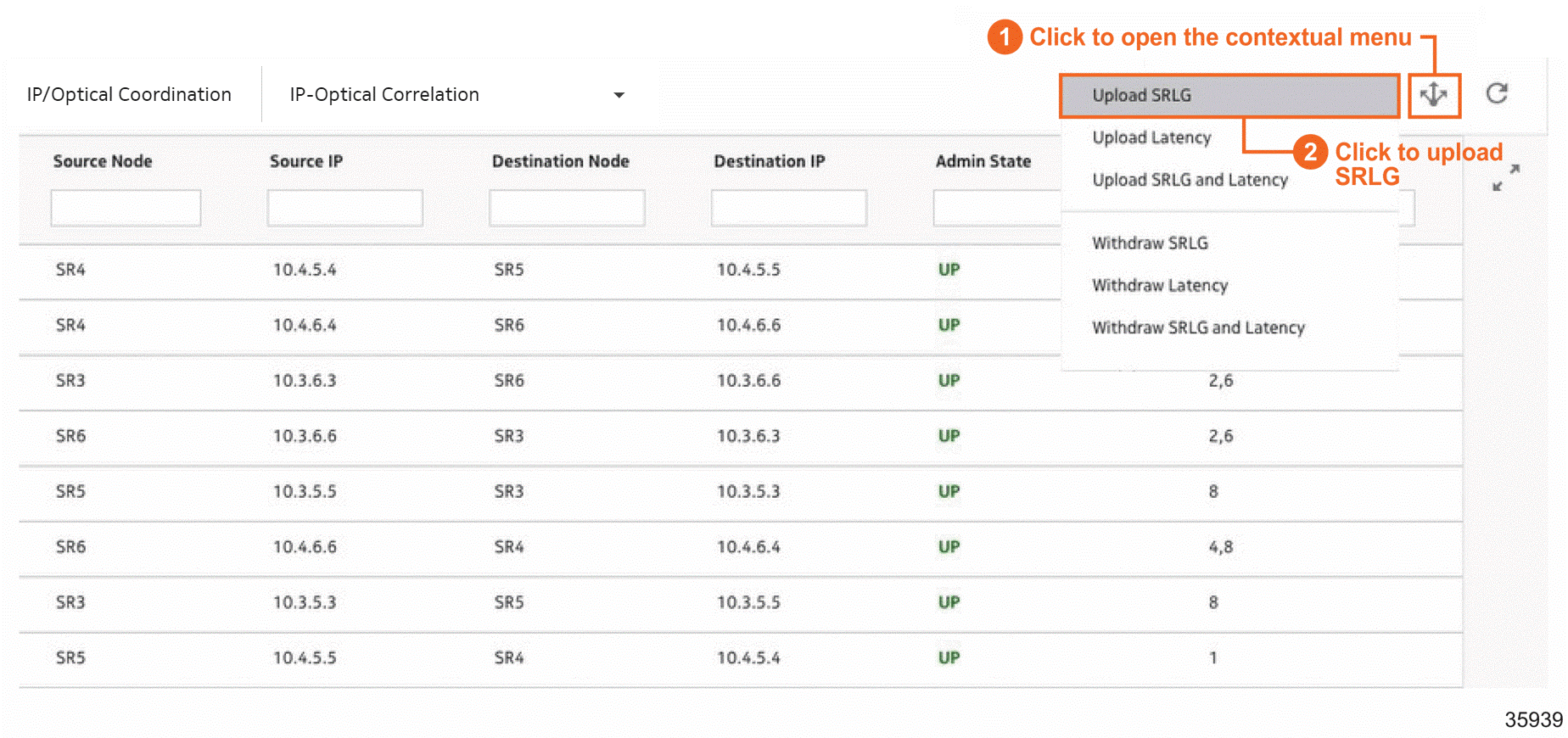
Finally, let's return to Path Control and resignal each of our LSPs.
